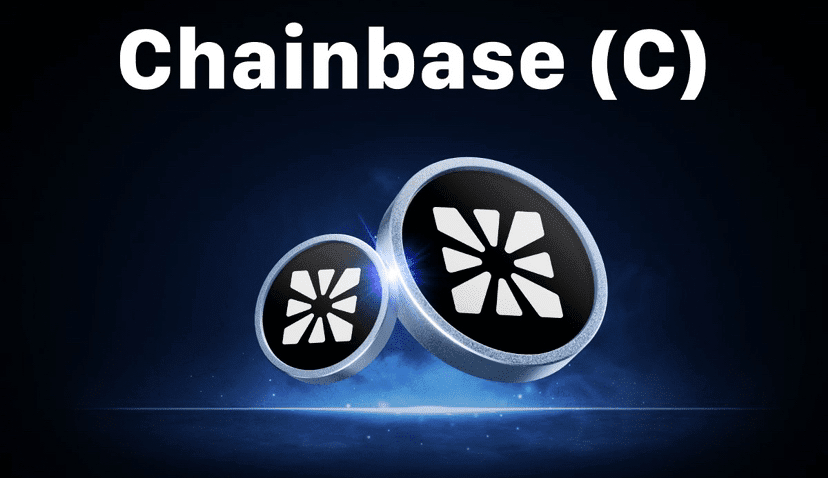To build a reliable application in Web3, the first challenge is not 'how to grow', but 'where does the data come from'. Running nodes, indexing, cleaning logs, adapting to multiple chains... each step can delay you by two or three days. What Chainbase aims to solve is the long-standing problem of data storage and querying: it creates a decentralized data infrastructure for collecting, indexing, storing, and querying cross-chain data, allowing developers to access real-time and historical data just like using a regular API. Its design goals are very clear: high performance, scalability, and verifiability.
Why can it simplify 'complex matters'? The key lies in the architecture. Chainbase uses a Dual-Chain approach: it separates the network into a consensus layer and an execution layer, with the former utilizing the Cosmos tech stack for security and finality; the latter combines EigenLayer's AVS (Active Verification Service) for high-throughput execution and verification, decoupling the two layers to perform their respective roles. In simple terms, one is responsible for correctness and the other for speed. This division of labor maintains trustworthiness while maximizing parallel processing, making it suitable for large-scale indexing and real-time queries.
In terms of developer experience, Chainbase does not just provide 'raw data', but also productizes the processing layer: in the CVM (Chainbase Virtual Machine), it uses Manuscrip to encapsulate routine data engineering operations like cleaning, aggregation, and labeling into executable scripts; others can directly call your manuscript, and you can receive incentives. For developers, this equates to turning 'private tasks in projects' into 'reusable assets in the network'.
Many friends are concerned about 'real-time' and 'completeness'. The former relies on a parallel execution engine + pre-aggregation for speed, while the latter ensures accountability through verifiable execution and consensus: the execution layer is verified by AVS and returns proof, and the consensus layer is responsible for recording and governance; additionally, the economic constraints of Dual-Staking (external re-staking like ETH + native $C staking) increase the 'cost of wrongdoing'. This combination can stabilize the experience for applications that require low latency, such as dashboards, risk control, and transaction monitoring.
To summarize its value in 'human language': turning fragmented on-chain signals into structured, composable, and verifiable 'data blocks'. Developers no longer have to start from raw block logs each time, but can directly assemble manuscripts and datasets refined by predecessors, like building with Lego, enabling them to prototype in just half a day.
A data network is not 'all good once there’s an interface'. You still need to pay attention to issues like source compliance, unified labeling standards, and consistency in embedded points. The good news is that Chainbase has 'abstracted these issues into the system': through standardized manuscript schemas, verification processes, and governance, it aims to push the 'dirty work' to the bottom layer, allowing upper-level applications to avoid pitfalls and iterate more easily. For teams wanting to build long-term products in Web3, this is a more realistic path.
When it comes to blockchain being an 'open ledger', what Chainbase wants to achieve is to make this ledger fast to query, affordable to use, and trustworthy—while doing this under the premise of multi-chain parallelism.